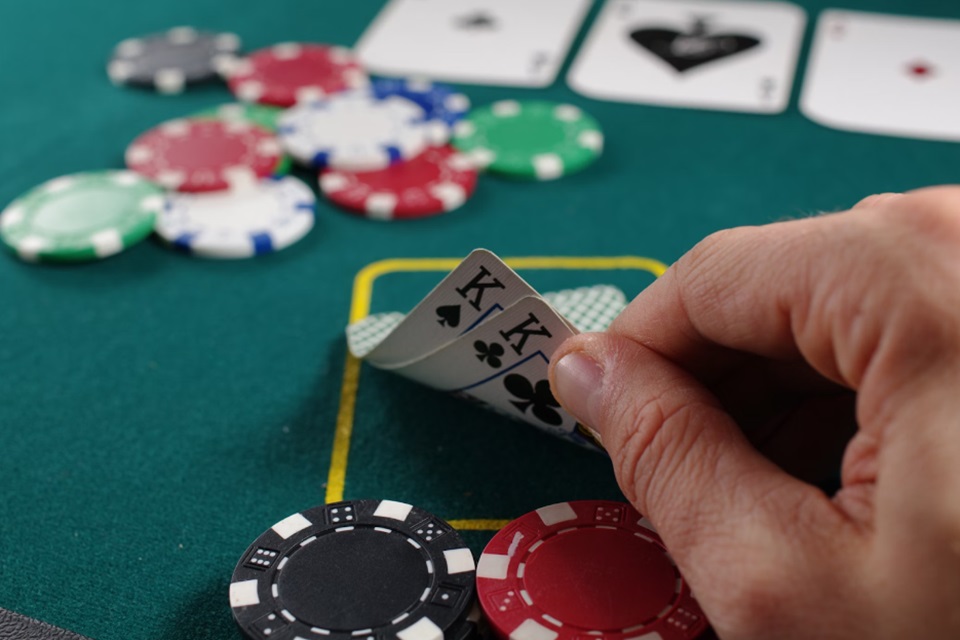Poker transcends being merely a game of chance, evolving into a battle of wits and strategy underpinned by a foundation of statistical insight. Mastering the art of poker is not solely about playing the cards right but also about understanding the numbers behind the game.
Here are five essential poker statistics you can use when you log into zodiac casino or play at a poker table. Once leveraged, these can fundamentally transform your approach and elevate your game to new heights.
Table of Contents
1. Voluntarily Put $ In Pot (VPIP)
Understanding how often a player opts to contribute money to the pot voluntarily before the flop offers a window into their play style. A high VPIP percentage indicates a player who enters pots with a wide range of hands, signaling a looser play style.
Conversely, a lower VPIP suggests a tighter strategy, with the player choosing to engage with only a select few premium hands. Recognizing your own and your opponents’ VPIP can guide you in making more informed decisions about when to enter pots and how to position yourself against others at the table.
2. Pre-Flop Raise (PFR)
PFR tracks the frequency with which a player raises before the flop. This stat gives insight into a player’s pre-flop aggression. A higher PFR means a player is likely to raise often, suggesting an aggressive approach.
Comparing PFR with VPIP provides a fuller picture of playing style: a close gap means a player is aggressive with a broad range of hands, while a wide gap suggests a player only raises with premium hands and plays passively otherwise.
3. Aggression Factor (AF)
The Aggression Factor compares the total number of times a player bets or raises versus the times they call. This statistic reveals the post-flop aggressiveness of a player. A higher AF indicates a player who is more aggressive, often betting and raising, while a lower AF suggests a more passive player, prone to calling. Adjusting your AF based on the game’s flow and your opponents’ tendencies can be crucial in maintaining unpredictability and controlling the pot size.
4. 3-Bet Percentage
The 3-bet percentage indicates how often a player re-raises before the flop. This statistic is vital for understanding a player’s range and aggression in pre-flop play. A higher 3-bet percentage signals an aggressive player who’s not afraid to play big pots or challenge opponents’ raises. Adjusting your 3-bet strategy based on opponents’ tendencies and your table image can significantly impact your ability to control the action and make more informed decisions.
5. Went To Showdown (WTSD)
WTSD measures the frequency with which a player goes to showdown after seeing the flop. This stat can help you gauge a player’s showdown tendency. A high WTSD percentage suggests a player who is willing to go all the way to the final reveal, potentially with weaker hands.
A low WTSD indicates a player who folds before the showdown, likely conserving their chips for stronger hands. Balancing your WTSD percentage is crucial; too high and you may be too call-happy, too low, and you might be folding too often, missing out on potential pots.




